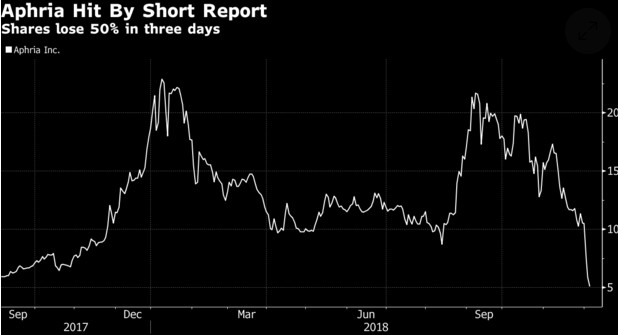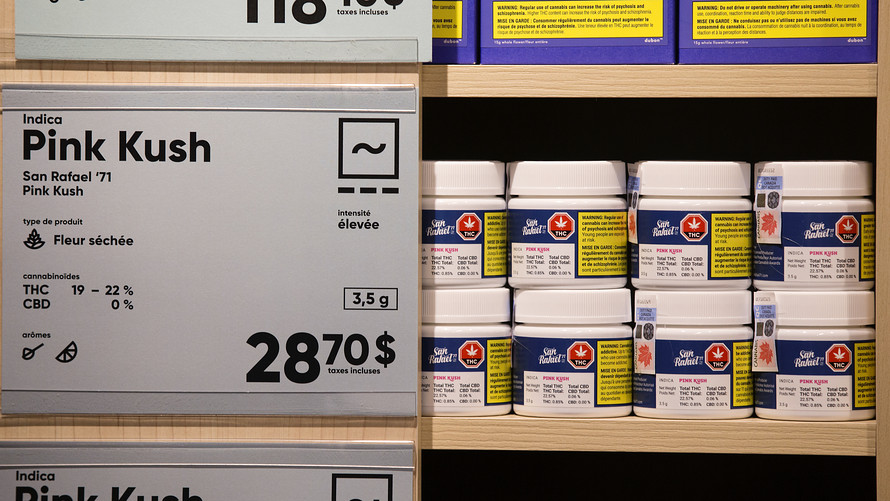Canada’s top marijuana stocks are facing extreme volatility ahead of the planned legalization for the commodity’s recreational use, which is making many investors nervous who want to have some exposure to this high growth industry.
The biggest question is whether they should buy marijuana stocks now or wait until these pot producers show some positive earnings after spending heavily to get ready for this massive opportunity. According to Statistics Canada, Canadian adults spent $5.7 billion on marijuana last year — 90% of it for illegal, non-medical purposes.
Canada is all set to become the first developed world’s country to legalize the use of recreational pot from October 17 after the nation’s Parliament gave a final go-ahead this summer.
For investors seeking high returns, buying a couple of quality marijuana stocks won’t be a bad idea. But in this space, I would advise to stick with the biggest names, which have the capacity to perform in a market that’s still in its infancy.
Among the top names, I like Canopy Growth Corporation (TSX:WEED)(NYSE:CGC) due to the company’s leading market position.
Canopy is the best pot stock in Canada
Canopy is ideally positioned to take advantage of the anticipated demand boom from recreational pot users. What makes Canopy different from other producers is its market size, capacity to ramp up production, the diversification of its product offerings, and its international reach.
Canopy currently operates weed growing facilities with over 2.4 million square feet of space. But the producer has been expanding its operations fast with a potential to manage more than 5 million square feet of production space by next year.
That market power, however, hasn’t yet reflected in the company’s bottom line as it invests heavily to ramp up production and prepare its distribution network.
In the most recent quarter, Canopy posted a net loss attributable to shareholders of $61.5-million, compared to a $12-million loss during the same quarter a year ago. The net loss for fiscal fourth quarter ended March 31 was mainly fueled by a 149% jump in overall operating expenses.
The bottom line
Trading at $37 a share at the time of writing, Canopy stock is up 24% this year, thereby adding to over 300% gains of the past 12 months. Though I don’t expect a major jump in its share price in the short-run, the timing is good to take a position now to benefit from the company’s future growth. That said, investing in marijuana stock is a risky trade and should suit those investors with the stomach to take losses if the market demand predictions prove wrong and consumers take time to shift to legal channels.
The Motley Fool’s Iain Butler has just revealed an ultra rare “triple down” stock recommendation. And investors all over Canada are rushing to get in. Why? Because past “triple downs” have averaged over 100% returns, and sometimes as much as 440% returns (in just over two years’ time)…
Credit: www.fool.ca
Credit: www.fool.ca













